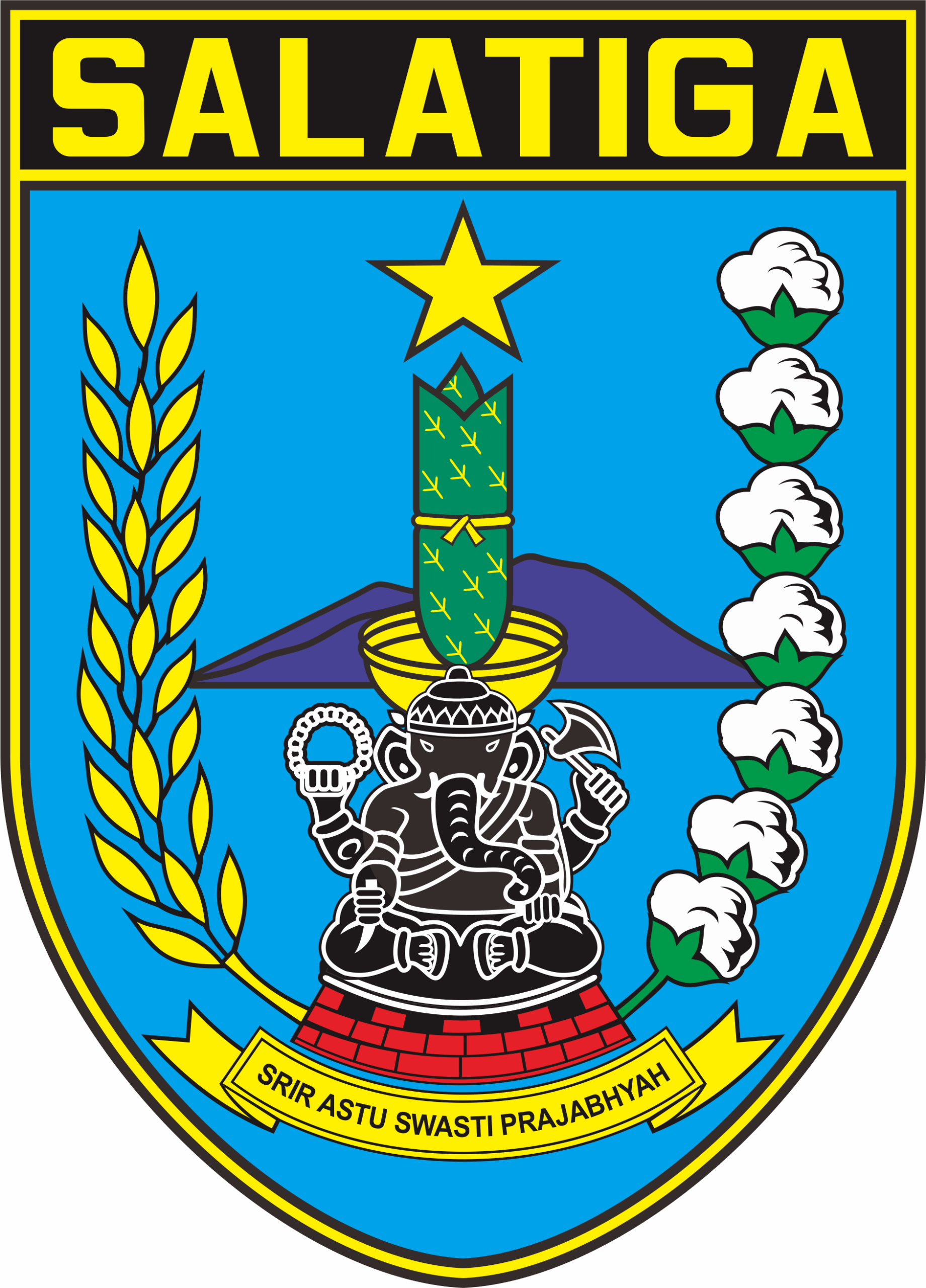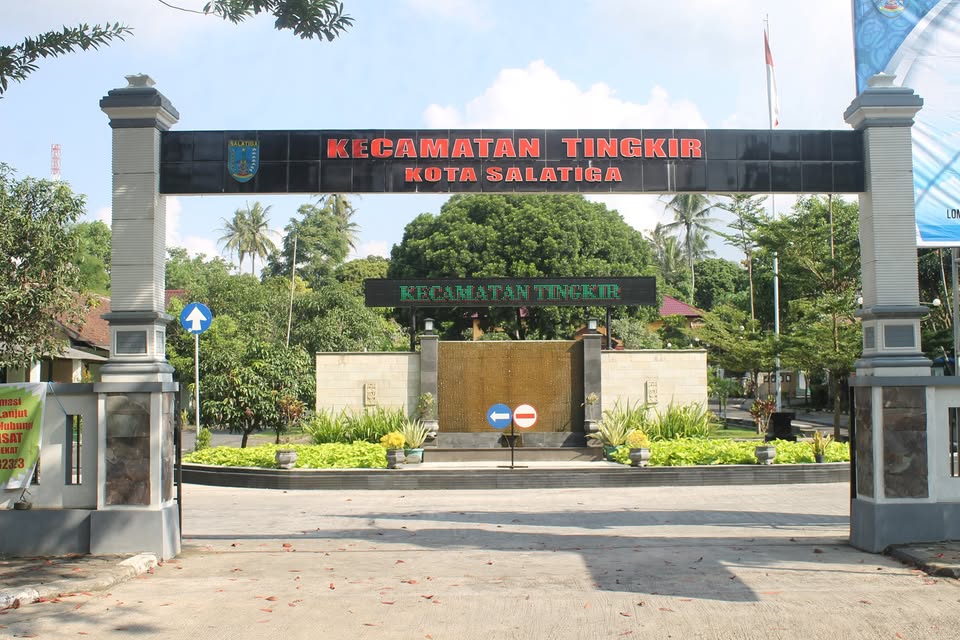In recent years, Kecamatan Tingkir in Indonesia has witnessed remarkable advancements in infrastructure development. These improvements have stemmed from strategic initiatives aimed at enhancing the region’s connectivity and economic potential. As a growing suburb, Tingkir’s transformation into a hub of innovation underscores its commitment to progress. The local government, in collaboration with private enterprises, has focused on modernizing infrastructure. This collaborative approach has resulted in a slew of projects that have begun redefining the region’s landscape and setting new standards for growth.
Significant innovations have been deployed, ranging from the introduction of smart traffic systems to the expansion of digital infrastructure. These efforts aim to increase efficiency and facilitate seamless communication across different sectors. As a result, these developments have not only improved daily life for residents but also attracted new businesses and investments. The strategic implementation of these initiatives reflects a broader vision for sustainable growth. By leveraging modern technology, Tingkir aims to establish itself as a model for regional development in Indonesia.
Inovasi Teknologi Mendorong Perkembangan Tingkir
The integration of cutting-edge technology has played a crucial role in Tingkir’s transformation. Local authorities have prioritized the deployment of smart technologies to optimize public services. For instance, the implementation of smart traffic lights has reduced congestion significantly. By adjusting signal timing based on real-time traffic data, these systems ensure smoother vehicular flow. Consequently, residents experience reduced travel times, making daily commutes more manageable.
Moreover, Tingkir has embraced digital solutions to enhance its public transportation system. The introduction of real-time tracking apps allows commuters to plan their journeys more effectively. These applications provide up-to-date information on bus and train schedules, minimizing waiting times. Through this approach, public transportation becomes a more viable option for residents, reducing reliance on private vehicles. This shift not only alleviates traffic but also contributes to environmental sustainability.
In addition to transportation, technology is revolutionizing Tingkir’s healthcare sector. Telemedicine services have been established to extend medical care to remote areas. These services enable patients to consult with healthcare professionals without having to travel long distances. This innovation ensures that more residents have access to quality healthcare. By leveraging these technological advancements, Tingkir is setting a precedent for other regions aiming to enhance their public services.
Dampak Positif pada Ekonomi dan Masyarakat Lokal
The infrastructure innovations in Tingkir have spurred economic growth by attracting new businesses. With improved connectivity and modern amenities, the region has become a magnet for investors. New enterprises have mushroomed, ranging from tech startups to retail outlets. This influx of businesses creates job opportunities for local residents, reducing unemployment rates and boosting the local economy. As more people find employment, the quality of life for the community improves significantly.
Increased business activity has also stimulated the growth of supporting industries. Local suppliers and service providers benefit from the rising demand generated by new companies. This demand fosters a thriving supply chain ecosystem, further promoting economic vitality. Moreover, the presence of diverse businesses enhances the region’s cultural and social fabric. Residents enjoy a wider array of services and products, enriching their daily lives and experiences.
Socially, the infrastructure enhancements have fostered a greater sense of community among residents. Improved public spaces and facilities provide platforms for social interaction and community events. Parks, recreational areas, and community centers encourage residents to engage in various activities. These spaces become gathering points for festivals, markets, and cultural exhibitions, strengthening community bonds. As a result, Tingkir not only progresses economically but also nurtures a cohesive and vibrant community.
Meningkatkan Konektivitas dan Mobilitas
Improved connectivity and mobility have been central to Tingkir’s development. The expansion of road networks has facilitated smoother traffic flow within the region. Newly constructed and upgraded roads connect Tingkir to neighboring areas, promoting regional integration. This integration opens up new avenues for trade and commerce, benefiting local businesses. The enhanced road infrastructure also supports the efficient transportation of goods and services, further strengthening the economic landscape.
Public transportation improvements have complemented road expansions. With the introduction of additional bus routes and frequency, residents experience more convenient travel options. The modernized transportation system ensures that mobility is accessible to all socioeconomic groups. This inclusivity allows individuals from various backgrounds to access employment and educational opportunities across the region. By prioritizing accessibility, Tingkir aligns itself with sustainable urban development principles.
Furthermore, non-motorized transport options like cycling and walking paths have been developed. These paths promote healthy lifestyles and reduce the carbon footprint of daily commutes. By providing safe pathways for pedestrians and cyclists, the region encourages environmentally friendly travel. This commitment to sustainability not only protects the environment but also enhances the overall livability of Tingkir. The focus on diverse mobility solutions demonstrates the region’s dedication to inclusive and sustainable growth.
Peran Swasta dan Kemitraan Strategis
Private sector involvement and strategic partnerships have been instrumental in Tingkir’s infrastructure advancements. The local government has actively collaborated with private companies to finance and implement development projects. These partnerships leverage private sector expertise and resources, ensuring the successful execution of complex initiatives. By working together, public and private entities achieve shared goals, accelerating regional progress.
One notable example is the establishment of tech hubs and innovation centers in collaboration with tech companies. These centers provide a platform for young entrepreneurs to develop their ideas and launch startups. The nurturing of a vibrant tech ecosystem attracts talent and fosters innovation, driving economic diversification. Additionally, private investments in digital infrastructure have enhanced the region’s connectivity, attracting further investments and growth.
These partnerships extend beyond economic benefits, impacting social and environmental aspects as well. Collaborative efforts in sustainable development projects address community needs comprehensively. Initiatives like waste management and renewable energy solutions promote environmental responsibility. By aligning with corporate social responsibility goals, private companies contribute to the holistic development of Tingkir. The synergy between public and private sectors exemplifies a model for achieving sustainable and inclusive regional development.
Inovasi Berkelanjutan untuk Masa Depan
Sustainability remains a guiding principle in Tingkir’s infrastructure planning and development. The local government emphasizes long-term strategies that balance economic growth with environmental preservation. Renewable energy projects, such as solar farms and wind turbines, reduce reliance on fossil fuels. These initiatives demonstrate Tingkir’s commitment to reducing carbon emissions and combating climate change. By investing in clean energy, the region secures a sustainable energy future.
Water management innovations also play a crucial role in sustainability efforts. Implementing advanced irrigation systems ensures efficient water use in agriculture, supporting local farmers. These systems help conserve water resources while increasing agricultural productivity. Additionally, the development of wastewater treatment facilities addresses environmental concerns, promoting public health and hygiene. These initiatives illustrate a comprehensive approach to resource management, crucial for sustainable regional growth.
Education and awareness programs further underpin sustainable development. By educating residents about environmental conservation and sustainable practices, Tingkir fosters a culture of responsibility. Community workshops and campaigns engage citizens, encouraging them to adopt eco-friendly habits. This collective effort ensures that sustainability becomes ingrained in the local culture. The forward-thinking approach adopted by Tingkir sets a benchmark for other regions aiming for balanced and sustainable growth.

